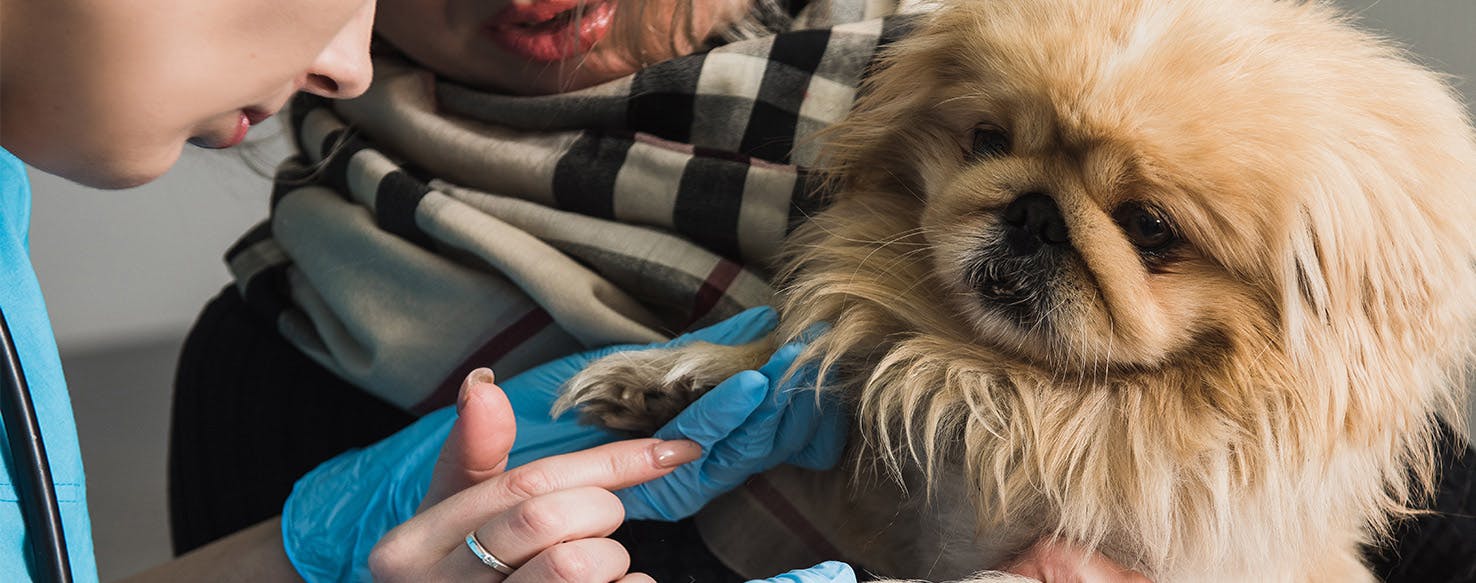- Home
- Dog Wellness
- Rendering Aid To An Injured Dog: Important Safety Tips

By Amy Caldwell
Published: 09/25/2017, edited: 11/18/2021
Save on pet insurance for your pet
You don't have to choose between your pet and your wallet when it comes to expensive vet visits. Prepare ahead of time for unexpected vet bills by finding the pawfect pet insurance.
- If the situation is not extremely urgent, contacting authorities, a rescue agency, shelter, or humane society to come and assist the injured dog is advisable. Personnel from such organizations will have training and experience as well as be equipped to handle a fearful dog that is in pain. While waiting for assistance, you can keep the dog company, comfort them verbally, and try to ensure they do not run away from the scene.
- If the dog is on a roadway or in a parking lot, check for traffic before approaching the dog to assist, rather than blindly running into a trafficked area where you may become another accident victim. If possible, have someone else watch for and direct traffic while you offer assistance to the injured dog.
- If the dog has been hurt in an animal attack, is the other animal still present? If the dog still feels threatened by the other canine or animal, they may react aggressively to your assistance, or the other dog may attack you or the injured party while you are trying to provide assistance. Steps to safely contain another dog, acquire the other animal owner’s assistance, or remove the other dog, may be necessary before you can approach the injured dog to provide aid.
- If the dog is in a fire or flood situation, wait for emergency personnel to provide support, ensure that the risk is contained, and safety precautions are taken before approaching the dog in distress. This will reduce the risk to you from the hazard and provide the help needed if the dog reacts by putting himself in further danger, for instance by hiding, withdrawing, or trying to escape via a hazardous route.
- If the dog is experiencing electric shock from chewing on a cord or from contact with another electrical source, ensure that power is turned off before approaching or touching them. Even if the dog is no longer touching the source, a compromised electrical system can still present a hazard to you and the injured pup, and needs to be neutralized before rendering assistance.
- Dogs that have been exposed to a toxic substance can present a hazard to yourself if you come in contact with toxic or corrosive substances. Ensure you have protective gloves and clothing before approaching and handling the dog.
- Growling
- Baring teeth
- Hair standing on end
- Flattened ears
- Snapping
- Lunging
- Starring you down

